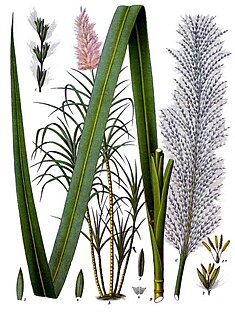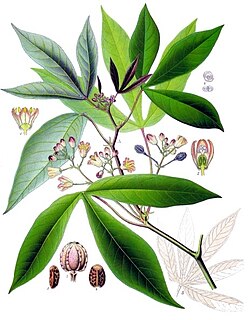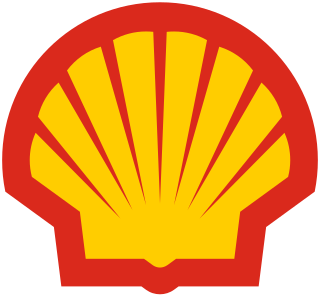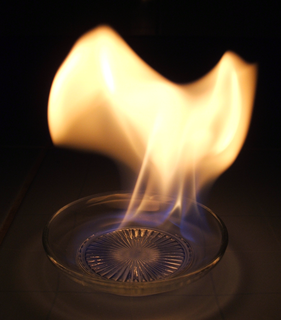The Philippines Biofuels Act 2006 requires oil companies to use biofuels in all "liquid fuels for motors and engines sold in the Philippines." All gasoline sold in the country must contain at least 5 percent ethanol by February 2009, and by 2011, the mandated blend can go up to 10 percent. [1] The new law is expected to bring a number of benefits to the country:

The Philippines, officially the Republic of the Philippines, is an archipelagic country in Southeast Asia. Situated in the western Pacific Ocean, it consists of about 7,641 islands that are categorized broadly under three main geographical divisions from north to south: Luzon, Visayas, and Mindanao. The capital city of the Philippines is Manila and the most populous city is Quezon City, both part of Metro Manila. Bounded by the South China Sea on the west, the Philippine Sea on the east and the Celebes Sea on the southwest, the Philippines shares maritime borders with Taiwan to the north, Vietnam to the west, Palau to the east, and Malaysia and Indonesia to the south.
Ethanol is a chemical compound, a simple alcohol with the chemical formula C
2H
6O. Its formula can be also written as CH
3−CH
2−OH or C
2H
5−OH, and is often abbreviated as EtOH. Ethanol is a volatile, flammable, colorless liquid with a slight characteristic odor. It is a psychoactive substance and is the principal type of alcohol found in alcoholic drinks.
Contents
"Commercial production of ethanol from sugarcane, cassava or sorghum will help the island nation diversify its fuel portfolio and help to ensure its energy security. It could also generate employment, particularly in rural regions, as investors put up biofuel crop plantations and processing plants. Also, the shift to these plant-based fuels for transportation will help reduce pollution." [1]
Sugarcane, or sugar cane, are several species of tall perennial true grasses of the genus Saccharum, tribe Andropogoneae, native to the warm temperate to tropical regions of South, Southeast Asia, and New Guinea, and used for sugar production. It has stout, jointed, fibrous stalks that are rich in the sugar sucrose, which accumulates in the stalk internodes. The plant is two to six metres tall. All sugar cane species can interbreed and the major commercial cultivars are complex hybrids. Sugarcane belongs to the grass family Poaceae, an economically important seed plant family that includes maize, wheat, rice, and sorghum, and many forage crops.
Manihot esculenta, commonly called cassava, manioc, yuca, macaxeira, mandioca, aipim and Brazilian arrowroot, is a woody shrub native to South America of the spurge family, Euphorbiaceae. It is extensively cultivated as an annual crop in tropical and subtropical regions for its edible starchy tuberous root, a major source of carbohydrates. Though it is often called yuca in Spanish and in the United States, it is not related to yucca, a shrub in the family Asparagaceae. Cassava, when dried to a powdery extract, is called tapioca; its fried, granular form is named garri.
Sorghum is a genus of flowering plants in the grass family Poaceae. Seventeen of the 25 species are native to Australia, with the range of some extending to Africa, Asia, Mesoamerica, and certain islands in the Indian and Pacific Oceans. One species is grown for grain, while many others are used as fodder plants, either cultivated in warm climates worldwide or naturalized, in pasture lands. Sorghum is in the subfamily Panicoideae and the tribe Andropogoneae.
Four feedstocks—sugarcane, corn, cassava and sweet sorghum—were initially identified for ethanol production, but sugarcane is expected to be the predominant source of ethanol. The Philippines is a sugar-producing country, and sugarcane is grown mainly in the islands of Negros, Luzon, Panay and Mindanao. Despite growing demand for sugar, there are still an estimated 90,750 hectares (224,000 acres) of sugarcane available that can be used for ethanol production, and high-yielding varieties of sugarcane are available. [1]
















